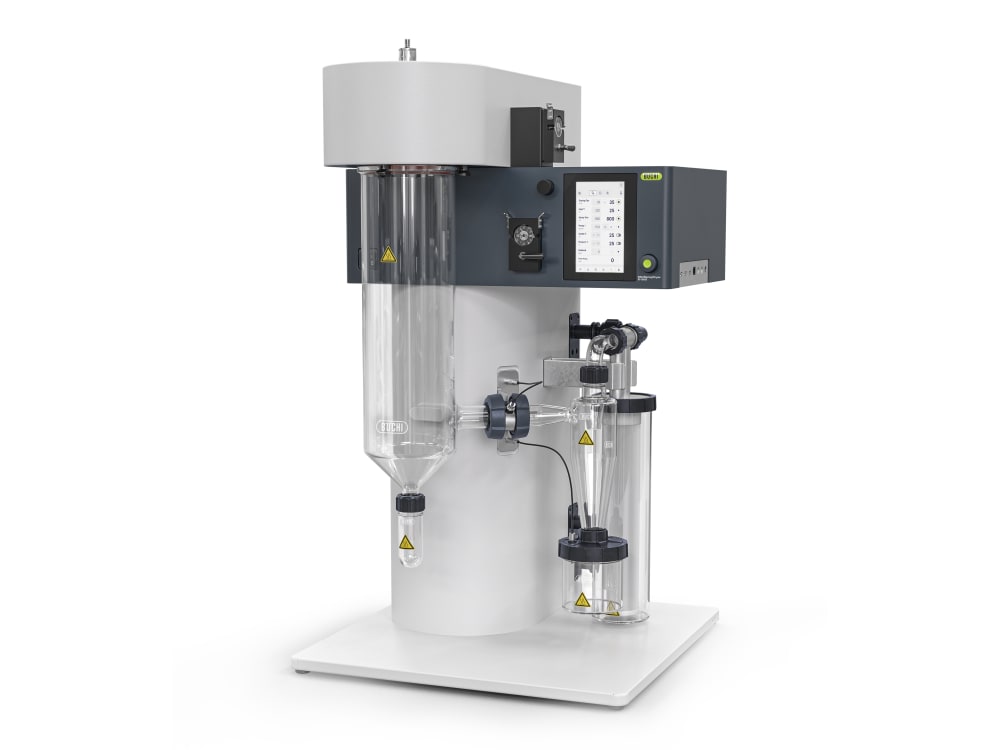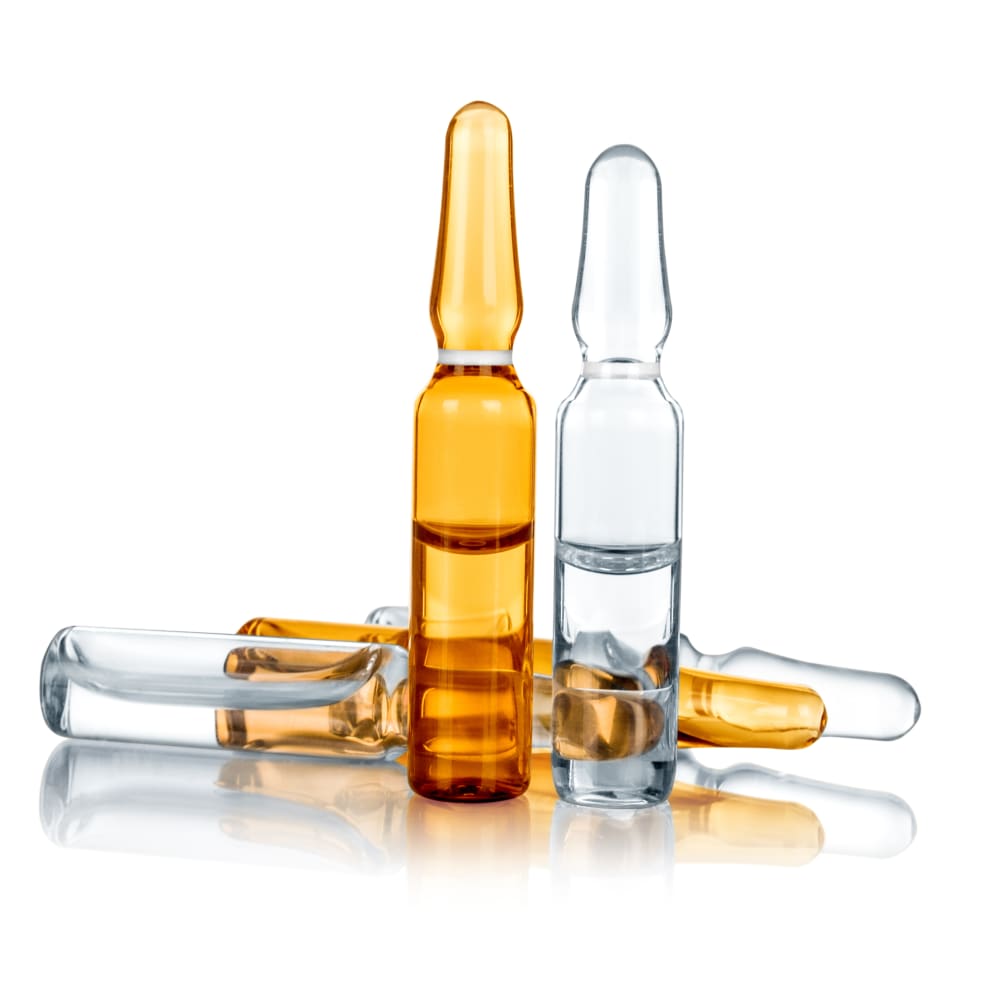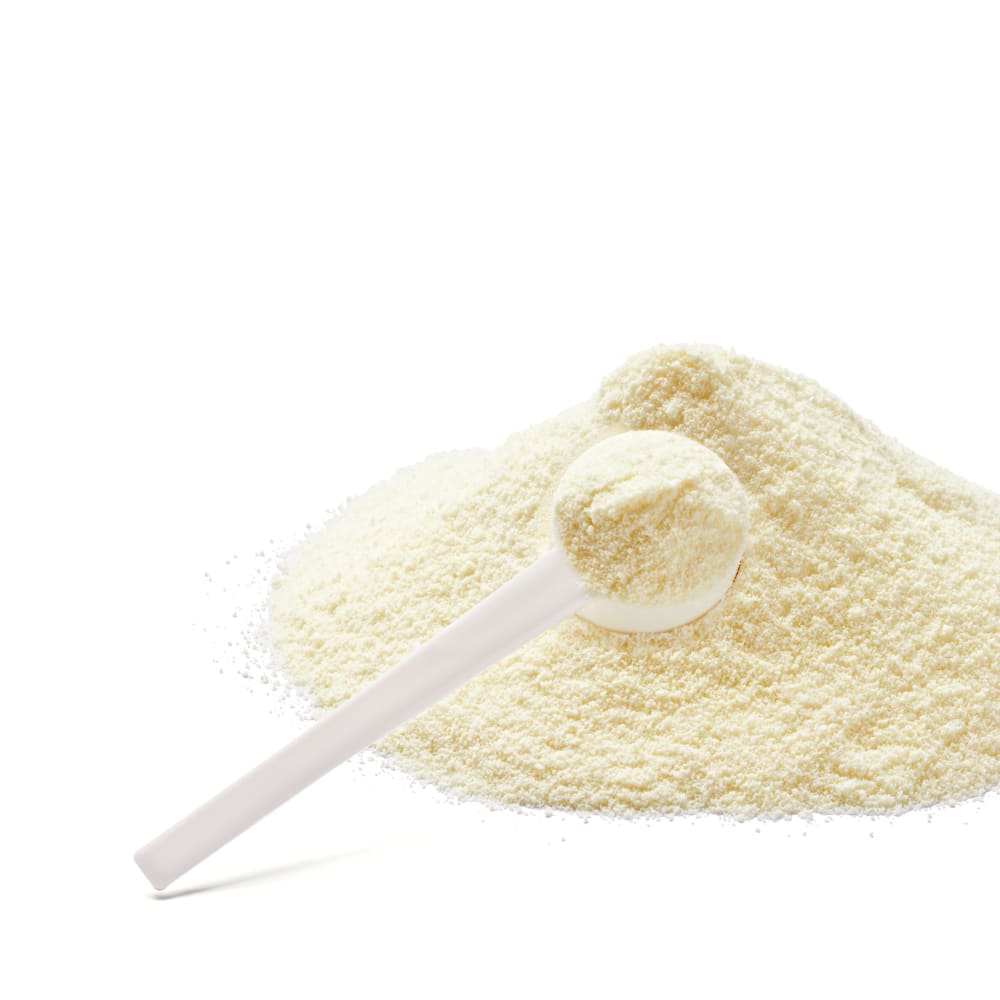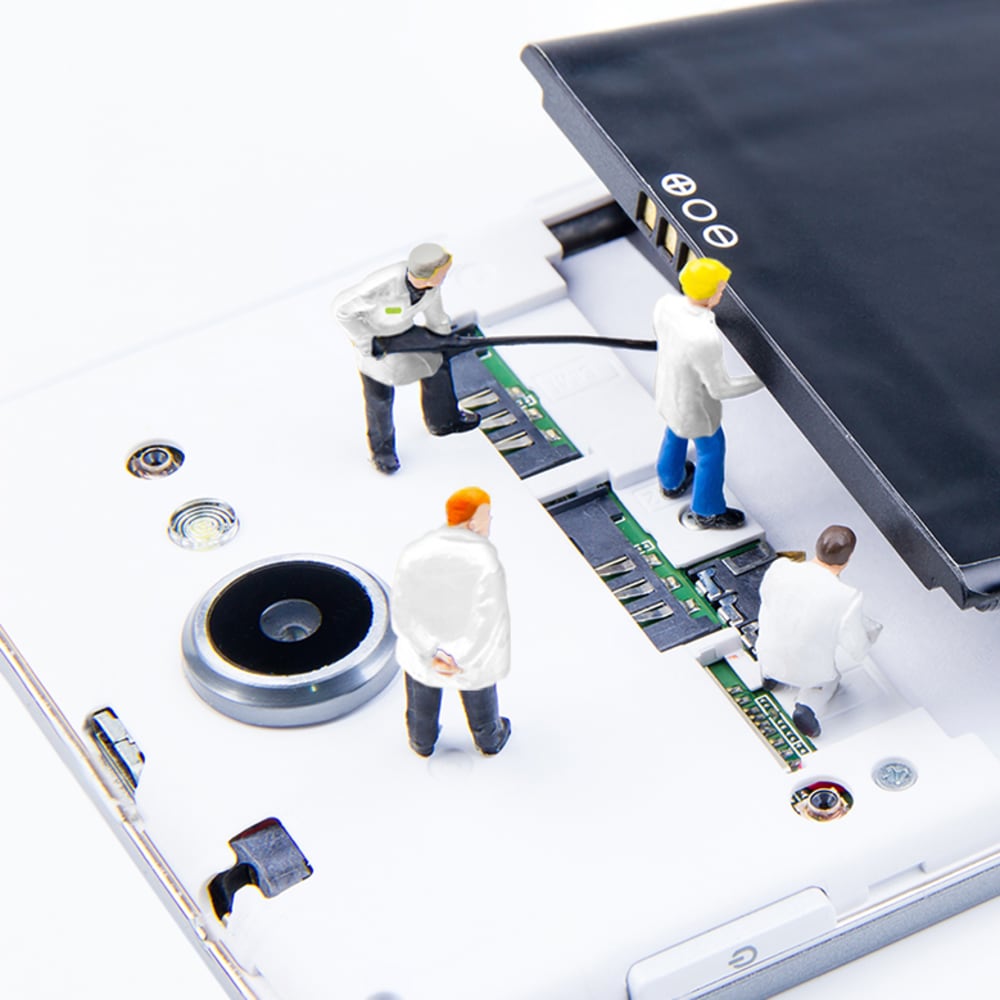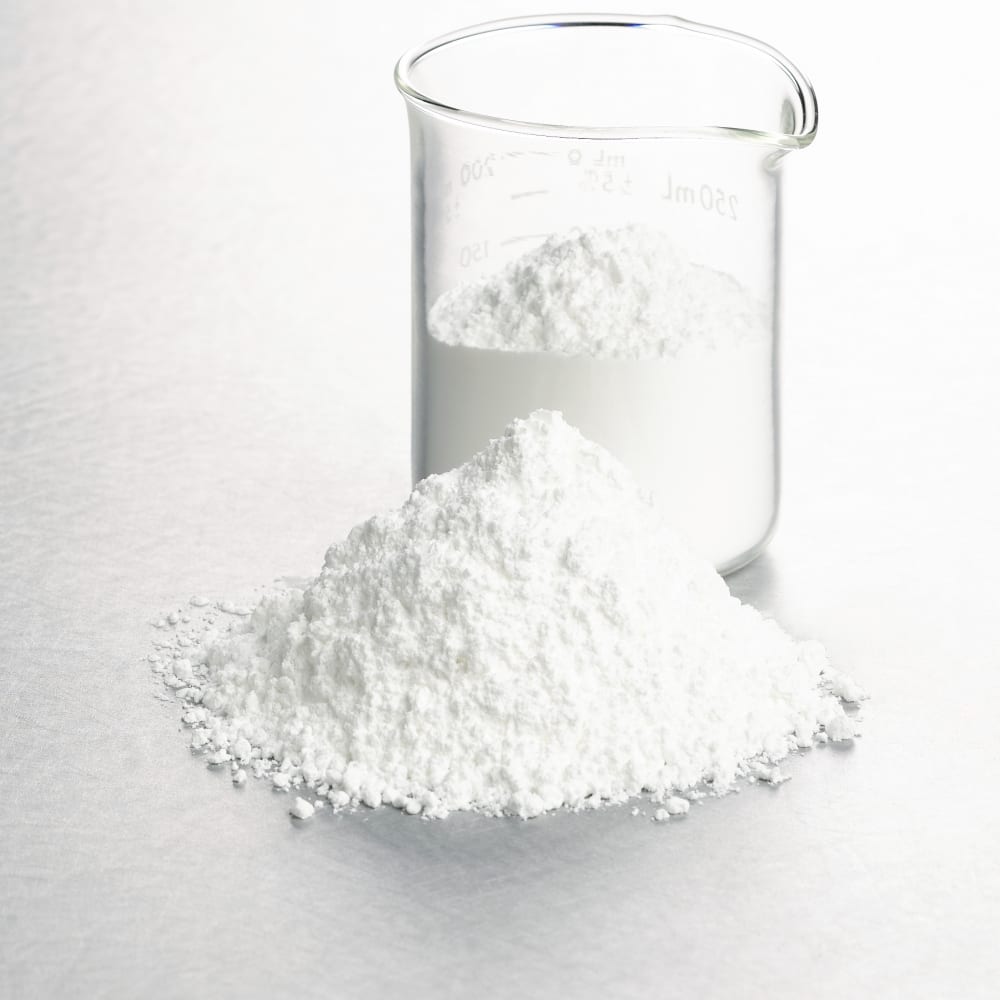
Polyacrylamide (PAM) is a synthetic polymer widely used in various industrial and environmental applications, including water treatment, oil recovery, and papermaking. Spray drying has been used to produce PAM particles in various forms, such as nanoparticles, microparticles, and fibers.
The spray drying process involves atomizing a solution or suspension of PAM into a hot gas stream, which rapidly evaporates the solvent, leaving behind a dry powder or fibers containing PAM particles. The size, shape, and properties of the particles can be controlled by adjusting the spray drying conditions, such as the feed rate, drying temperature, and gas flow rate.
Applications of spray-dried PAM particles include water treatment, oil recovery, and papermaking. The PAM particles can be functionalized with various functional groups to enhance their properties and performance, such as improving the efficiency of flocculation, reducing the viscosity of drilling fluids, and enhancing the strength of paper.
Overall, spray drying of PAM particles offers numerous benefits and has a wide range of potential applications in the industrial and environmental fields. Its versatility and adaptability make it a valuable tool for the development of new and innovative materials with improved properties and performance.
Please see the application not for startin paramters and some results.

